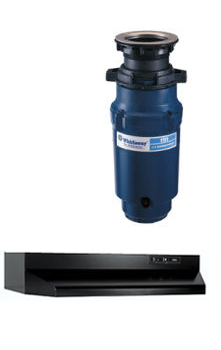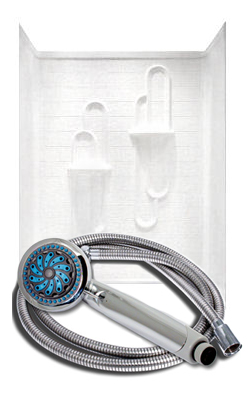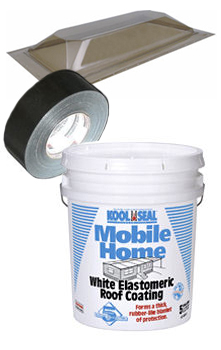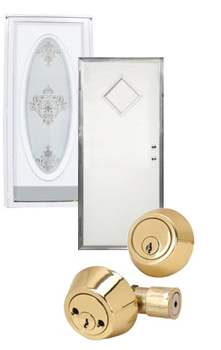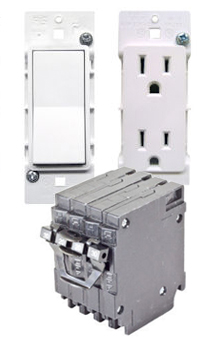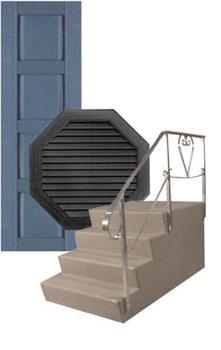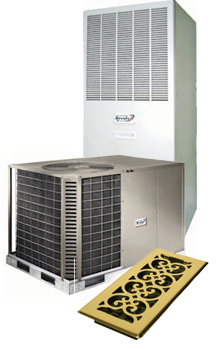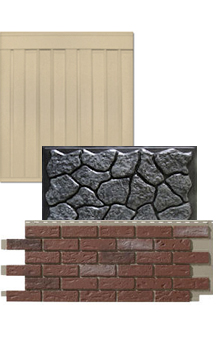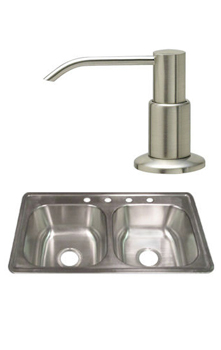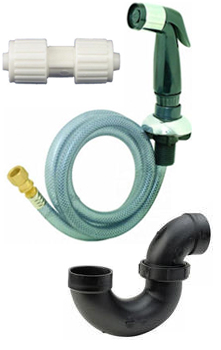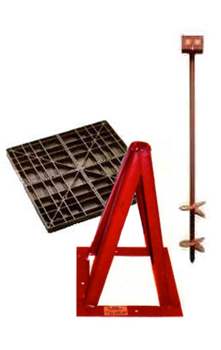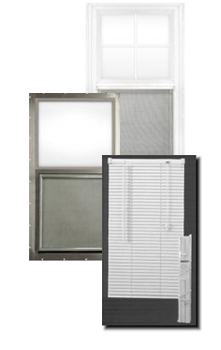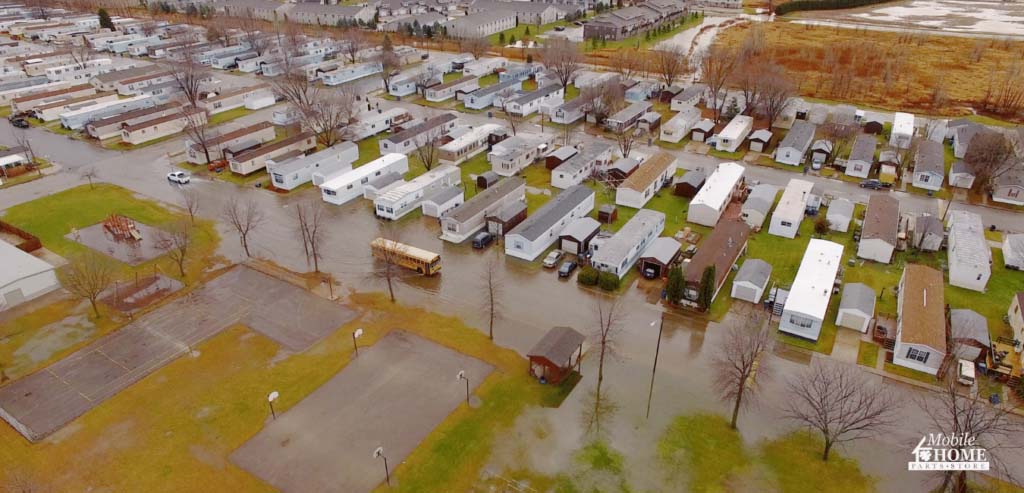
Every day, 14,000 people in the US deal with water damage. The insurance industry spends a whopping $2.5 billion annually on water damage and mold issues, with the average home insurance claim for water damage totaling $6,965. Clearly, handling water damage and restoration is a big deal.
If you’re the owner of a mobile home and find yourself facing the aftermath of water damage, it’s totally normal to feel overwhelmed. Dealing with water damage isn’t a quick and easy task; it’s a multi-step process that can last anywhere from a few days to a couple of weeks. But don’t worry, you’re not alone in this.
In this article, we’ll guide you through the steps you can take to assess, mitigate, and repair water damage in your mobile home.
Mobile Homes and Porous Materials
Water is one of the most destructive forces on Earth. But it doesn’t take a major flood to cause trouble. Even a small crack in a wall or floor can lead to more than 250 gallons of water leaking in a single day, which can create chaos in the subfloor, walls, and cabinetry.
Mobile homes use more affordable and porous materials than most traditional homes. These materials include OSB, MDF, and particleboard, along with a generous amount of glue and staples. Despite their lower cost, they are still strong and durable, making them a cost-effective alternative to traditional homes.
However, mobile homes are particularly susceptible to water damage because they use materials that can absorb and retain water. If water damage is not addressed promptly, it will lead to significant harm.
Water Damage Effects on Mobile Homes
When it comes to water damage in mobile homes, it’s crucial to grasp the impact it can have. The Institute of Inspection, Cleaning, and Restoration Certification (IIRC) has set a standard to evaluate the damage and restoration needed nationwide. They’ve categorized water damage into three groups based on water contamination levels and established four classes to assess the scale of the damage.
3 Categories of Water Damage Contamination
When we talk about water damage, the term “category” refers to how contaminated the water is and where it comes from. There are three categories:
Category 1
This is the least severe type of water damage. It comes from a clean source, like a broken supply pipe, rainwater, or a clear tub overflow. It poses no significant health risk.
Category 2
Water in this category is visibly contaminated and could cause illness if ingested or touched. It often contains bacteria and may result from washing machine runoff, toilet overflow, or broken aquariums.
Category 3
This is the most dangerous type of water damage, containing harmful substances from pathogenic to toxic agents. Any contact with Category 3 water can be harmful. Examples include sewage, flooding seawater, septic backup, or contaminated ground surface water.
4 Classes of the Scale of Water Damage
While water damage categories focus on the source and contamination, the four classes assess the scale and extent of the damage. When gauging the class of water damage, it’s important to factor in the amount of area covered by a leak and the materials in the affected area.
- Class 1: Minimal damage that may only cover part of a room or area. Materials in this space may experience minor water absorption.
- Class 2: Significant damage that saturates a room’s carpet and cushion, possibly affecting particleboard, structural wood, and concrete.
- Class 3:Damage where water may have come from overhead, saturating walls, ceilings, carpets, and insulation.
- Class 4: damage affecting even water-resistant materials like bricks, concrete, and stone.
Water Damage in Your Mobile Home

If your mobile home has water damage, acting quickly is crucial. According to Joan W. Bennett, a specialist in fungal genetics, mold can begin to grow in dark, damp areas within 24 hours. Under the right conditions, you may even notice visible colonies of mold within two days.
To minimize the damage, it’s important to extract or remove as much water and water vapor from your home as swiftly as possible. However, tackling water damage on your own can be challenging due to the numerous steps involved and the need for specific equipment at each stage.
Water Damage to Subfloor and Flooring
Some of the key materials used in the subfloors of mobile homes are OSB, MDF, and particleboard. While these materials work well in many ways, they are weak when handling water. Even though OSB, MDF, and particleboard subfloors are constructed through a process of pressing, layering, and gluing, this method creates small openings where water can easily seep in.
If your subfloors have been exposed to water, you might notice that your floors are swollen or raised. They could also feel soft or mushy when you walk on them. In such cases, the recommended solution is often to replace the damaged subfloor, especially if mold is beginning to grow.
On the other hand, if your subfloor is still in good condition and the affected area dries out within 24 to 48 hours, there may be a chance to repair the damaged flooring instead of opting for a complete replacement.
Water Damage to Walls and Ceiling
In many mobile homes, the ceilings are made of long gypsum board, also known as drywall. While this material is common, it’s not very tough when it comes to water exposure. Imagine it like a soft mineral called gypsum sandwiched between paper layers. If water gets to the gypsum core, it can make the drywall swell, warp, and weaken, causing potential harm to the structure.
But that’s not all. If water manages to stay in the drywall for a long time, it creates a perfect environment for mold to grow. Mold isn’t just a cosmetic issue; it can bring health problems and make the structural integrity of the building shaky.
Therefore, dealing with any water damage in the drywall is crucial to prevent more damage and keep your home’s integrity. Finding exact replacement panels can be tricky, and painting over the damaged area might be your best bet if the harm is minimal. So, quick action is key to maintaining both the looks and strength of your home!
Water Damage to Insulation
If the insulation gets wet, it’s likely time for a replacement. However, if you act fast to dry it thoroughly, it might be salvaged. Still, its effectiveness, known as R-value, will likely decrease.
Drying out insulation involves removing the surfaces in front of it, such as subfloors and wall paneling. However, even if you successfully dry it, there’s still a risk of mold spores spreading and causing problems down the line.
Despite this, insulation is a reasonably priced material with significant benefits for your home. Spending just $30-$40 on a roll of R-19 insulation and using a staple gun today could prevent future issues like mold, illness, and structural damage.
DIY Water Damage Restoration
While some water damage scenarios may require professional intervention, there are several steps you can take to mitigate the damage and initiate restoration on your own.
- Water Extraction: It is crucial to act quickly and remove as much water as possible.
-
- Identify and stop the source of water.
- Use pumps, wet vacuums, or mops to remove water
- Drying Materials: Once the water is removed, you’ll need to focus on drying the area out completely to prevent mold growth.
-
- Open windows and doors to enhance ventilation
- Employ fans and air movers to dry the area.
- Use a dehumidifier to reduce humidity levels and prevent mold growth.
- Perform a Mold Inspection: Regularly inspect for mold growth, especially in hidden or hard-to-reach areas. If mold is present, follow proper remediation procedures or seek professional help.
-
- Inspect affected areas for visible signs of mold.
- Wear protective gear, including masks and gloves.
- Clean and disinfect surfaces using appropriate mold-killing solutions.
- Replace Affected Areas: Remove and replace materials that cannot be adequately restored.
-
- Replace damaged flooring, subflooring, and insulation.
- Ensure proper sealing to prevent future water intrusion.
Hiring a Water Damage Restoration Company
No matter how big or small, water damage can cause severe damage to your home and is likely to threaten your health. That’s why it’s crucial to contact professionals when dealing with water damage repairs at your home.
These experts possess the expertise, hands-on experience, and specialized tools to tackle intricate problems and guarantee a comprehensive restoration. When searching for help, focus on companies with a background in mobile home repairs and expertise in water damage restoration. Assess their reliability by checking certifications and reading customer reviews.
Conclusion

Dealing with water and flood damage in your mobile home can be a challenging experience. However, you can navigate the recovery process more effectively by understanding the classifications of water damage, recognizing the potential effects on your home, and taking proactive steps for self-mitigation. When facing extensive damage, don’t hesitate to enlist the help of a professional water damage restoration company. Remember, prompt action is vital to preserving the integrity and safety of your mobile home.
If you are looking for more tips on mobile home and RV maintenance, Mobile Home Parts Store has got you covered. We offer several helpful guides and the most extensive online inventory of parts and supplies for all your home projects and mishaps. Get started on the right foot for your next project by contacting us, and we will be happy to guide you.
Tags: mobile home, Mobile Home Parts Store, mobile home repair, water damage


